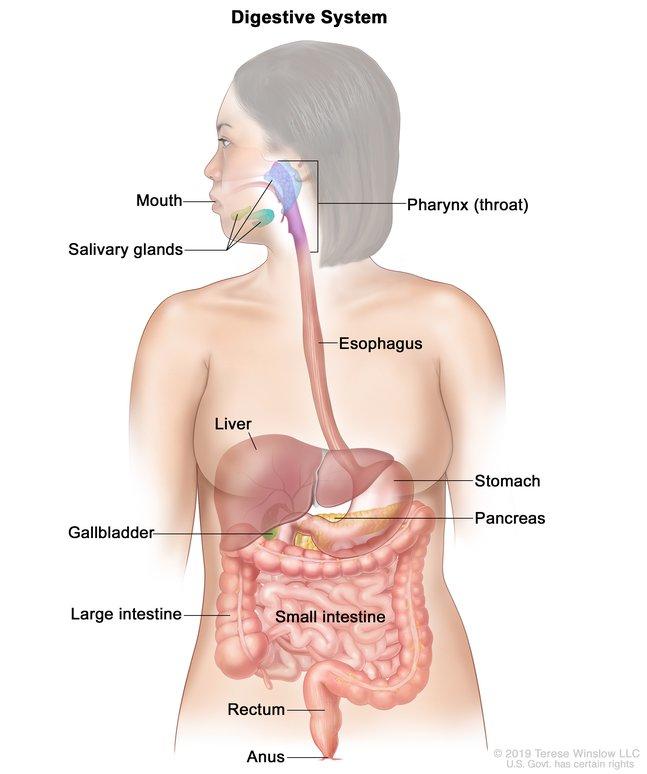Despite Recent Declines, Gastric Cancer Remains Leading Cause of Cancer Death in the Americas
, by Jennifer K. Loukissas, M.P.P.
A new study of gastric–cancer–specific mortality rates among Hispanic and Latino males and females living in the Americas shows a decline overall in death rates over the last 20 years. However, the authors note important differences by country, sex, and age group, with concerning increases for a few young populations, particularly women. The findings were published October 7, 2022, in the journal The Lancet Regional Health: Americas.
Because of the lack of adequate screening, gastric cancer incidence and mortality rates are similar in most of the Americas. Descriptive epidemiological studies such as this one, which explore data over an extended interval—from 1997 to 2017—and across a broad geographic region—the United States and 16 countries in Latin America and the Caribbean—allow researchers to identify patterns and disparities that may reveal opportunities for prevention, screening, and early detection. They also projected burden of gastric cancer deaths by 2030.
In a collaboration with researchers from Peru, Brazil, Mexico, and Spain, DCEG experts M. Constanza Camargo, Ph.D., tenure track investigator, and Christian S. Alvarez, Ph.D., former postdoctoral fellow, both in the Metabolic Epidemiology Branch, analyzed data from the NCI Surveillance, Epidemiology, and End Results Program and the World Health Organization to provide the most up-to-date estimates on gastric cancer mortality trends at a country-specific level for Hispanic/Latino populations.
The authors conclude, “continued and targeted prevention efforts are needed to reduce the disease burden in these vulnerable populations.”
Reference: Torres-Roman, JS. et al. Sex and age differences in mortality trends of gastric cancer among Hispanic/Latino populations in the United States, Latin America, and the Caribbean. The Lancet Regional Health – Americas. 2022.
